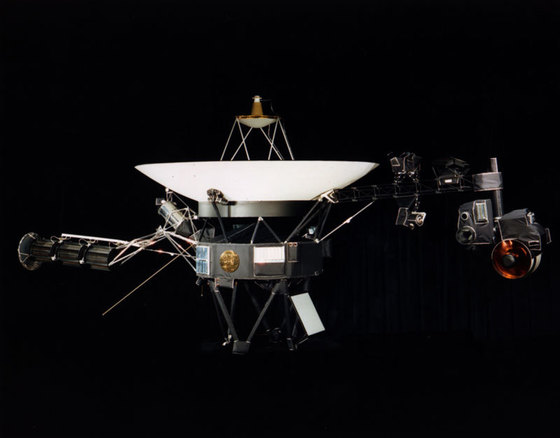![Voyager 2. [중앙포토]](https://i0.wp.com/pds.joins.com/news/component/htmlphoto_mmdata/202102/24/1a06c11a-5435-486f-bb4c-4cee6b3cda0e.jpg?w=560&ssl=1)
Voyager 2. [중앙포토]
Communications of the NASA solar system probe Voyager 2, which had become’lost in space’ about 17 billion kilometers from Earth, resumed communication after 11 months.
The New York Times (NYT) reported on the 23rd (local time) that the work to improve the performance of the radio antenna’Deep Space Station 43′ (DSS43) of the base station in Canberra, Australia, which serves as the earth control of the Voyager 2, has been completed. As a result, NASA’s command transmission for the Voyager 2, which had been suspended since March last year, is also possible again. NASA predicts that Voyager 2 will operate over the next four to eight years.
![Radio Antenna Deep Space Station 43 (DSS43) in Canberra, Australia. [사진 NASA]](https://i0.wp.com/pds.joins.com/news/component/htmlphoto_mmdata/202102/24/91a4cdec-d1ff-4351-8e34-dc9dd883ceec.jpg?w=560&ssl=1)
Radio Antenna Deep Space Station 43 (DSS43) in Canberra, Australia. [사진 NASA]
The DSS43 is a large antenna the size of a 20-story building with a diameter of 70m and a height of 73m. After 47 years of no performance improvement, NASA started an upgrade last March to prevent sudden failures from occurring. Because of this, delivery of orders to Voyager was suspended for 11 months.
Even during antenna performance improvement work, NASA has been using three 34m radio antennas to receive exploration data from Voyager 2. However, it was unable to control the Voyager 2 because of its lack of transmission function.
The Voyager 2 was launched in August 1977 with the twin probes Voyager 1 at full intervals. It has reached the farthest distance in the universe with human-made aircraft, and has traveled in space for over 43 years in search of Jupiter, Saturn, Uranus, and Neptune. It became the second artificial spaceship that crossed the interstellar space following his brother’Voyager 1’in 2018.
The problem occurred in late January of last year. Some of the functions of the Voyager 2 ceased to operate due to the excess power consumption. It took a day and a half on Earth to send a reboot order to do a kind of’cardiopulmonary resuscitation’. It takes 17 hours to signal Voyager 2, and doubles it takes 34 hours to confirm whether the order has been fulfilled.
NASA sent a test signal to the Voyager 2 last October when the performance improvement of the DSS43 reached the end. This was to prevent this because the Voyager 2 was designed to hibernate itself if it did not receive orders from Earth for a long period of time. Fortunately, the Voyager 2 at the time executed an order from the controller, saying “Call” after 34 hours.
Reporter Seok-Hyun Ko [email protected]
